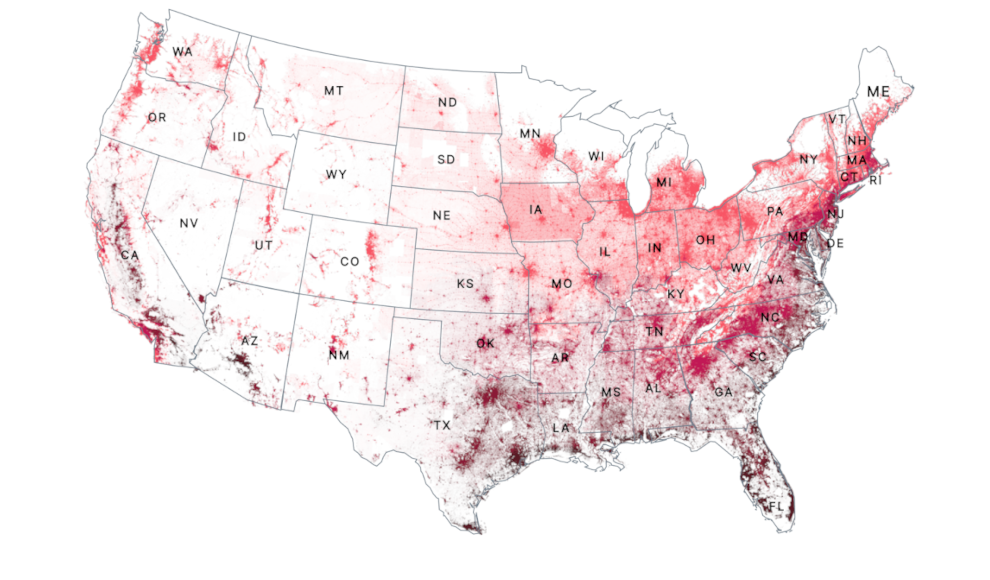A new study by the First Street Foundation has revealed that a region in the United States is set to experience extreme temperatures due to climate change. The area, known as the “Extreme Heat Belt,” stretches from northern Texas to Canada and includes regions where the sea does not contribute to temperature regulation. By 2053, at least one day per year will see temperatures reach 52 degrees Celsius within the belt. In 2023, around 8.1 million people will be living in the affected area, with this number set to rise to 107 million by 2053 if climate change continues unchecked.
The Extreme Heat Belt is named after the highest heat category of the National Weather Service, which describes temperatures over 125 degrees Fahrenheit (51.7 degrees Celsius) as an “extreme danger” to humans. The study used satellite data on air and surface temperatures from 2014 to 2020, as well as projections from the Intergovernmental Panel on Climate Change (IPCC) to model the region’s future climate. Other factors, such as a region’s height, distance from water, and water absorption, were also taken into account.
Matthew Eby, the founder and executive director of the First Street Foundation, warns that we must prepare for the inevitable consequences of the Extreme Heat Belt. He states that “a quarter of the country will soon fall into the Extreme Heat Belt with temperatures over 125 degrees Fahrenheit, and the consequences will be catastrophic.” The study’s findings highlight the urgent need for action to mitigate the effects of climate change and protect vulnerable communities from extreme temperatures.
In conclusion, the Extreme Heat Belt is set to become a major threat to millions of people in the United States. The study’s findings underscore the importance of taking action to address climate change and protect vulnerable communities from its effects. As the world continues to grapple with the challenges of climate change, it is crucial that we work together to find solutions that will safeguard our planet and its inhabitants.










